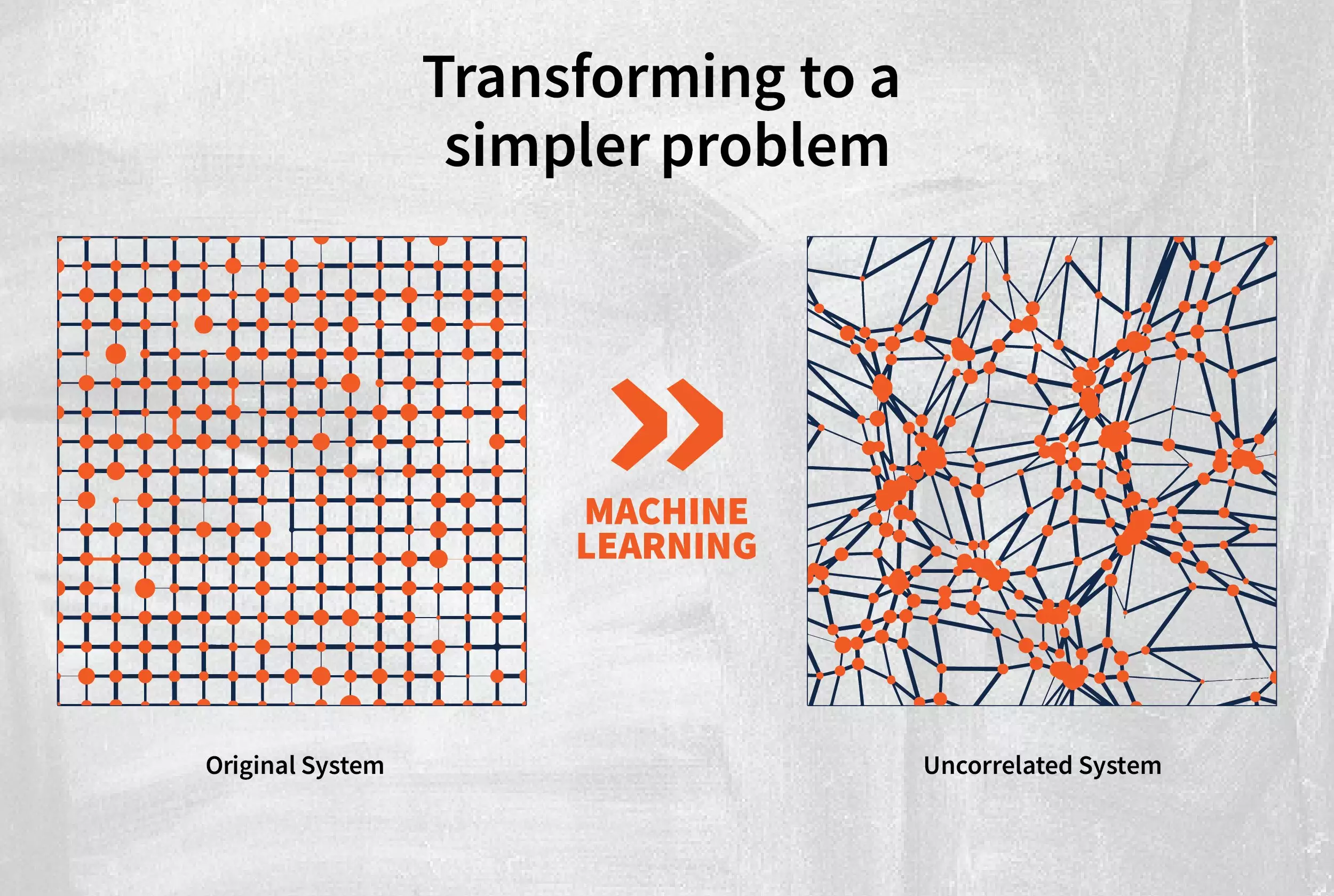The research conducted by the University of Illinois Urbana-Champaign has brought about a groundbreaking new way to understand diffusion in multicomponent alloys. The team has introduced the concept of “kinosons,” individual contributions that collectively explain diffusion in these complex materials. By utilizing machine learning to analyze the statistical distribution of these kinosons, the researchers have been able to model diffusivity in the alloy with unprecedented efficiency. This innovative approach has the potential to reshape the way scientists study diffusion processes in materials.
Diffusion in solids is a fundamental process that underpins a wide range of industrial applications. Whether it is the production of steel, the movement of ions in batteries, or the development of semiconductor devices, understanding how atoms move within a material is crucial. Multicomponent alloys, which consist of multiple elements like manganese, cobalt, chromium, iron, and nickel, offer unique mechanical properties and stability at high temperatures. Consequently, gaining insights into the diffusion behavior of atoms in these alloys is essential for optimizing their performance.
The Challenge of Simulating Diffusion
One of the primary challenges in studying diffusion is the need for long timescales to observe meaningful changes in atomic positions. Traditionally, simulations required running for extended periods to capture the full scope of atom movement accurately. This limitation constrained the accuracy of transition rate calculations and hindered researchers’ ability to obtain precise diffusivity values. However, the introduction of kinosons as a new approach to modeling diffusion has circumvented this issue, offering a more efficient and effective method for studying atomic movement in multicomponent alloys.
Understanding Correlation in Diffusion
An essential aspect of diffusion is the concept of correlation, where an atom’s movement is characterized by consecutive jumps and reversals. This correlated motion complicates the analysis of diffusion processes, making it challenging to accurately predict atomic displacements over time. By redefining diffusion in terms of uncorrelated kinosons, researchers have simplified the problem and made it more manageable to calculate diffusivity values accurately. The distribution of kinosons provides valuable insights into how different elements diffuse within the alloy, offering a comprehensive understanding of atomic behavior.
Machine learning plays a pivotal role in revolutionizing the study of diffusion in multicomponent alloys. By leveraging machine learning algorithms to analyze kinosons and their distribution, researchers can simulate diffusion processes at a significantly faster pace compared to traditional methods. This acceleration in simulation speed allows for more extensive and in-depth studies of diffusion behavior, leading to a more nuanced understanding of how atoms move within materials. The efficiency of this approach opens up new possibilities for advancing research in the field of materials science and engineering.
The introduction of kinosons as a novel concept for modeling diffusion is poised to transform the way scientists approach the study of atomic movement in materials. This innovative approach, coupled with machine learning techniques, has the potential to become the standard method for investigating diffusion processes in the coming years. By offering a more efficient, accurate, and comprehensive way to analyze diffusivity in multicomponent alloys, this research opens up new avenues for exploring the intricate behavior of atoms in complex materials. As this methodology gains traction within the scientific community, it has the power to redefine our understanding of diffusion and pave the way for future advancements in materials science.


Leave a Reply